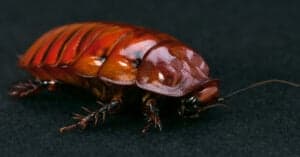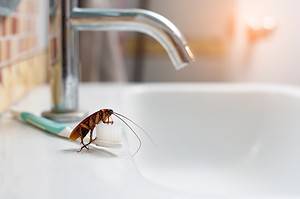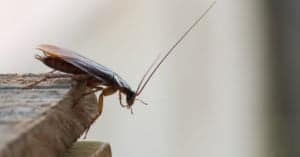Cockroaches (roaches, for short) are gross bugs that no one wants in their home! The rate at which these insects reproduce is insane, too. One female German cockroach (the most common type) can produce as many as 30,000 eggs in a year! However, many people also have children and pets they have to think about before trying to destroy these bugs. Are there pet-safe roach control options out there? Before we find out, let’s discover why eliminating roaches from your home is so important!
Are Roaches Dangerous?
Sure, roaches are nasty, but are they dangerous? They sure are! These creepy critters carry bacteria which they can leave behind in your food, causing salmonella and even strep throat. A cockroach that crawls on you could potentially scratch you with its leg spines and cause a staphylococcus infection. According to the World Health Organization (WHO), roaches play a role in the spreading of diseases such as dysentery and typhoid fever.
Not only that, but people with asthma are particularly at risk when roaches infest the home. One study published in 2012 by the Allergy, Asthma, and Immunology Research Journal (AAIR Journal) confirmed this fact. They reported that 40-60% of patients with asthma also possess an allergy to cockroach antigens.
An antigen is a toxin or substance that causes the body to signal the immune system to respond. An allergic reaction is a type of immune response that kicks the immune system into overdrive. Basically, the immune system thinks it absolutely must fight this foreign substance with everything it has. This roach antigen passes into their feces, sheds (roaches shed their exoskeletons to grow), eggs, and saliva.
What Should You Not Use Around Pets and Children for Roach Control?
You’ll see that many online resources recommend using boric acid (borax or orthoboric acid). Do not use boric acid if you have pets! This chemical can cause chemical burns in the nose when sniffed and also burn the lips, mouth, and eyes. It can also be deadly to mammals when consumed, so, it’s not safe to use around children or pets.
Many other items labeled as pet-safe contain high amounts of essential oils. For cat owners, pay special attention to these. Cats are very sensitive to essential oils and many of them are deadly for our feline friends when ingested.
So, how do you get rid of cockroaches and still keep your pets (and kids) safe? Let’s check out five effective methods of truly pet-safe roach control! We’ll rank them based on safety first, then how well they work. Some of them you might already have at home!
#5 Catnip
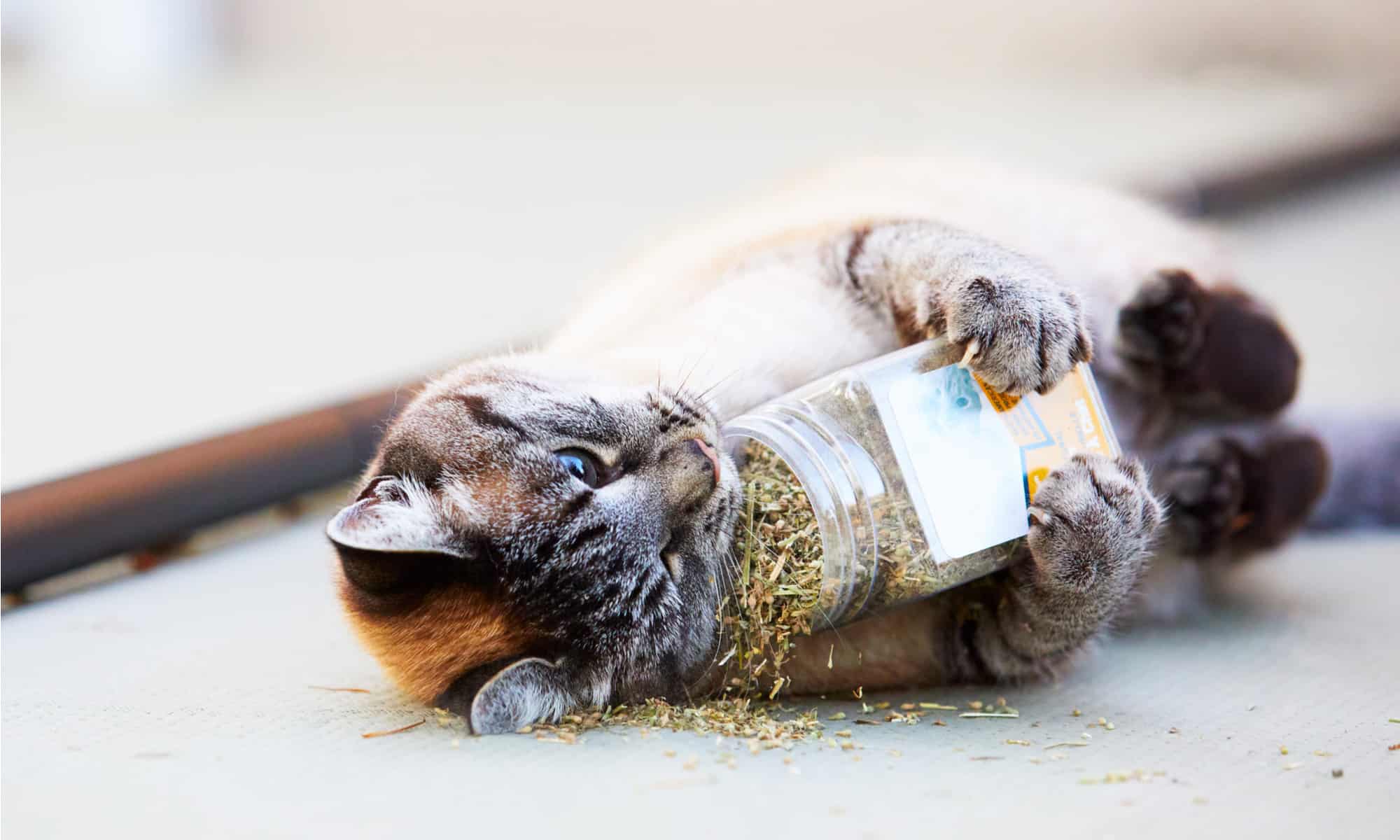
Roaches hate the smell of catnip and tend to stay far away!
©Pixel Cat Photo/Shutterstock.com
That’s right! Your kitty’s favorite toy filled with catnip could be the key to keeping cockroaches out of your home. It’s relatively cheap and easy to use!
The active ingredient in catnip that drives cats wild is nepetalactone. When tested in mice at a whopping dose of 680 mg/lb (milligrams per pound), the only noted effects were sleepiness, general depressed activity, and drunken walking (ataxia). Children who have ingested catnip may experience stomach upset and sleepiness.
Placing small, sheer bags of catnip around your home can prevent roaches from wanting to enter. You can even plant live catnip plants outside your home to drive them away. Catnip and other plants in the mint family also repel ants, aphids, and fleas. However, this method might not be very effective if you have a cat who will snag the catnip pouches and play with them!
#4 Glue Traps

Glue traps are very safe, though they may take a while and repeat applications.
©Cherednychenko Ihor/Shutterstock.com
Glue traps make the top of the list of the most common and pet-safe roach control methods. The reason for their lower rank on our list is that they tend to be less effective than other ways.
Because they require the roaches to walk across them and become stuck, they may not be efficient for severe infestations. Nevertheless, adding a bit of sugar (such as sprinkles) into the center can increase their usefulness by attracting more roaches to them.
If a pet or child becomes stuck in a glue trap, removal is simple. Gently peel the trap away from fur or skin and use cooking oil to soften up any remaining glue. Then, wash away with gentle soap and warm water. The traps do not contain any chemicals to worry about!
#3 Baking Soda — The Most Interesting Pet-Safe Roach Control
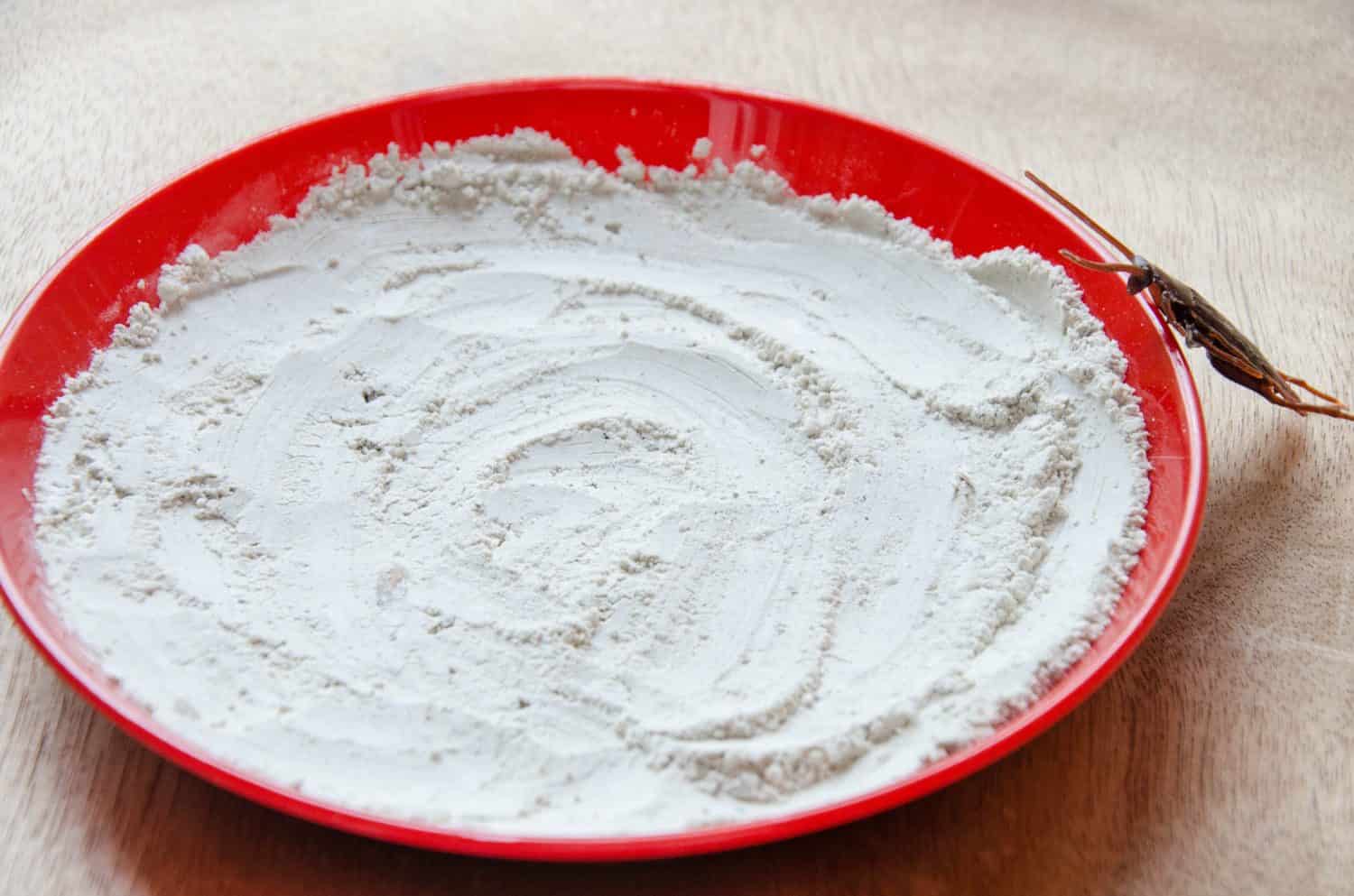
Baking soda causes irreversible and deadly damage to the roach’s digestive system.
©HANUMAN_168/Shutterstock.com
One of the easiest and readily available pet-safe roach control methods is baking soda. You probably have some just hanging out in your cabinet or freezer!
When roaches consume the powder, it causes gas to build up in their digestive system. Because cockroaches cannot burp to remove the gasses, it actually causes the digestive system to rupture. Yes, baking soda causes an explosion inside the roach!! Not only that, but roaches carry food back to their colonies and several more will consume the powder, as well!
Baking soda can easily be vacuumed or swept up when all the roaches die. The treatment can also be applied repeatedly at a very low cost. It may cause a bit of irritation if inhaled, so don’t leave huge piles around for your dog or cat to sniff!
#2 Indoxacarb
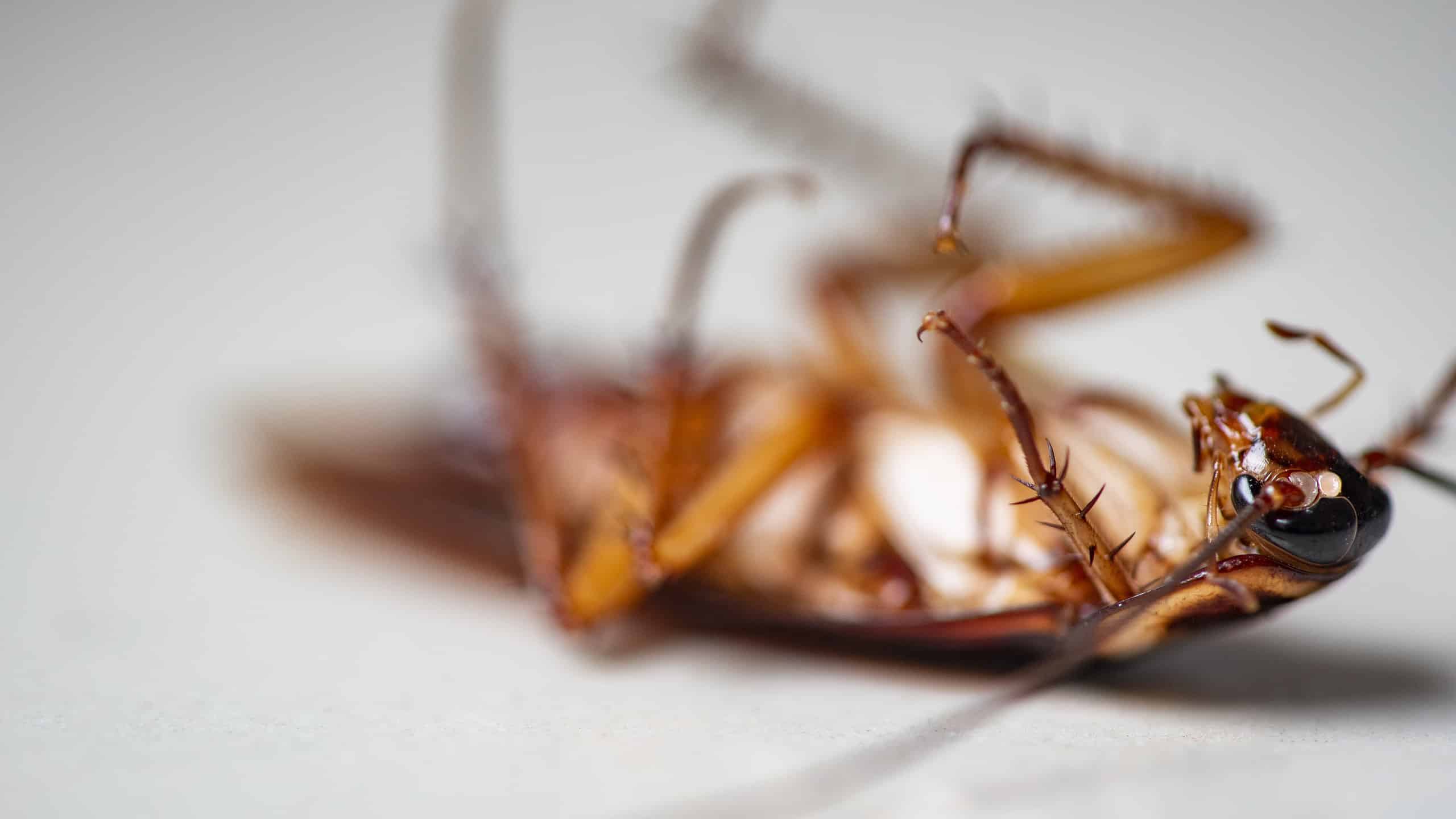
Indoxacarb kills roaches, but won’t harm your pet or children!
©iStock.com/panida wijitpanya
The most effective item on our list, indoxacarb, is a chemical that kills cockroaches. This substance is also toxic to humans and other mammals, but only in massive amounts. This chemical is the main ingredient in Syngenta’s Adivon Cockroach Gel Bait. Because the concentration of this substance within the gel is so small (0.6%), toxicity among humans and pets is nearly impossible.
In fact, indoxacarb is actually the main ingredient in the flea prevention product Activyl. This product gained approval for use in dogs and cats through the European Medicines Agency (EPA) in 2011. The EPA is similar to the Food and Drug Administration (FDA) in the United States.
This approval and regular use in our most common household pets shows that indoxacarb is safe to use around animals. In fact, studies showed that dogs and cats treated with up to five times the recommended dose every four weeks for eight doses showed no toxic symptoms. It was also tested on puppies and kittens under eight weeks old at five times the recommended dose every two weeks for six doses. Still, no toxic effects were noted. It’s even been tested by oral route (eating it) in dogs at 2.2-8.1 mg/lb/day (milligrams per pound per day) without any problems observed. The chemical is also used in the U.S. as an insecticide, which is approved by the U.S. Environmental Protection Agency (US EPA).
While indoxacarb is the most effective item on our list, it loses points for the very slight potential of side effects which can occur with a massive overdose in both children and pets.
#1 Diatomaceous Earth — The Overall Best Pet-Safe Roach Control

Diatomaceous Earth is the best pet-safe roach control on the market today.
©FotoHelin/Shutterstock.com
Diatomaceous Earth (d-earth) is a powder created by grinding up the fossilized remains of small, aquatic animals called diatoms. When the fossils are ground up, the result is a very fine, white powder with microscopic sharp edges. The grains are so small they cannot damage a human’s or pet’s skin.
When purchasing, be sure to get the food-grade variety, not the kind for swimming pools. Food-grade diatomaceous earth is safe to use around pets and children, even if they eat it. It can cause lung irritation if inhaled, so don’t put down large amounts. Spread the powder lightly around anywhere you’ve seen roaches along with your pantry, under/behind the stove and refrigerator, inside and on top of cabinets (if there’s a space), and around toilets and sinks. This powder even comes in specially-made dispensers to allow it to be spread properly.
D-earth works by desiccation. That means it causes severe dehydration of the roaches’ bodies. The tiny, sharp particles also slice and cut the roaches, which allows them to get into their body. By the time they die, they’ve spread it around to others, as well! That’s because it is very fine and coats their legs and bodies. Cockroaches also obsessively clean their antennae with their mouths. That means they will end up eating anything that touches them.
Diatomaceous earth is 100% natural — no chemicals. That’s why it takes our number one spot!
The photo featured at the top of this post is © gan chaonan/Shutterstock.com
Thank you for reading! Have some feedback for us? Contact the AZ Animals editorial team.




